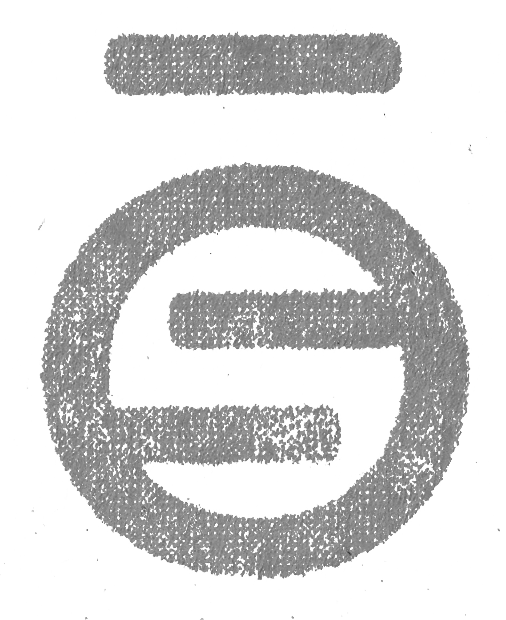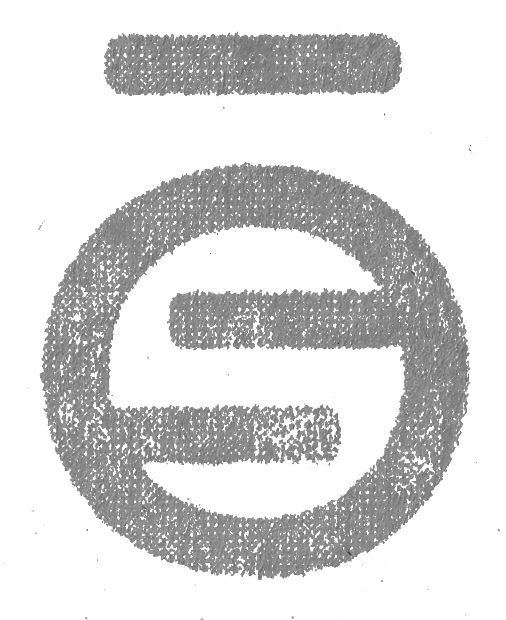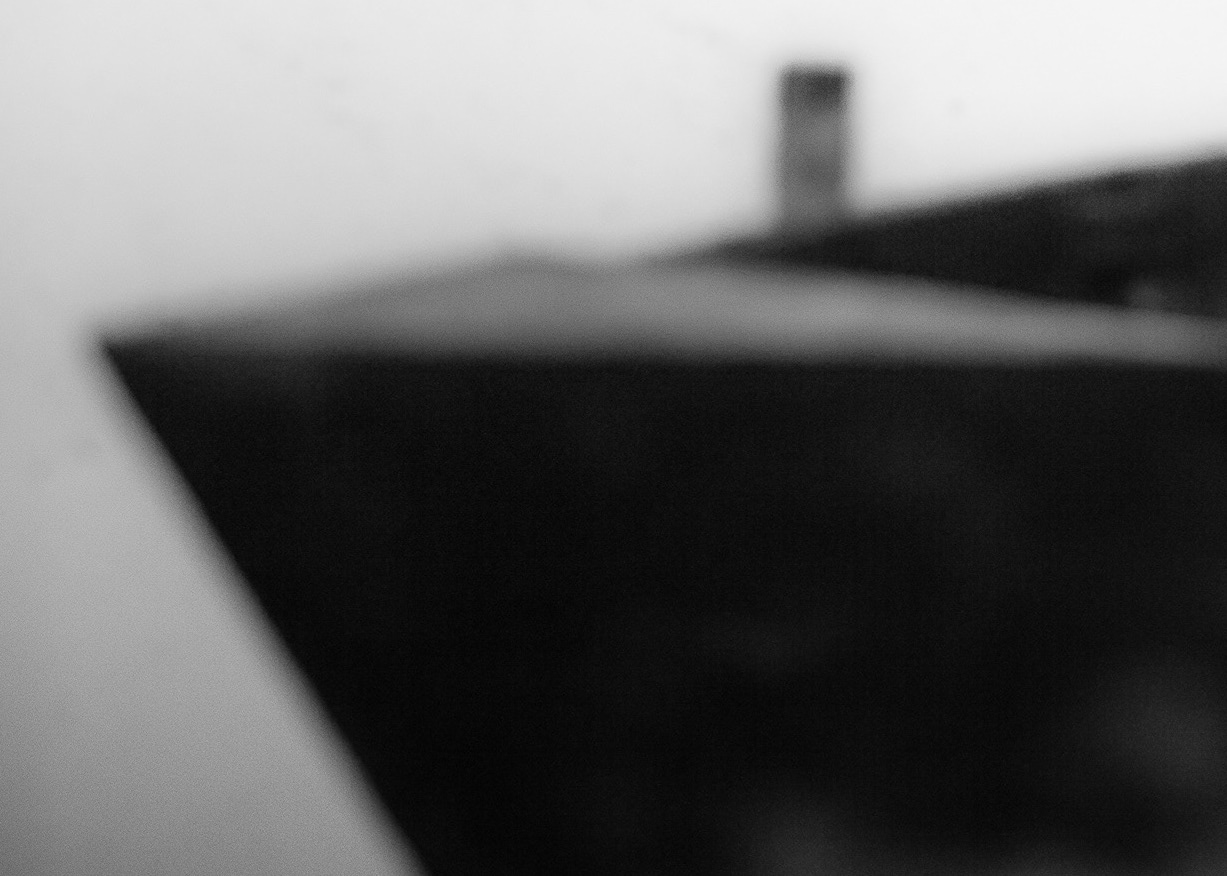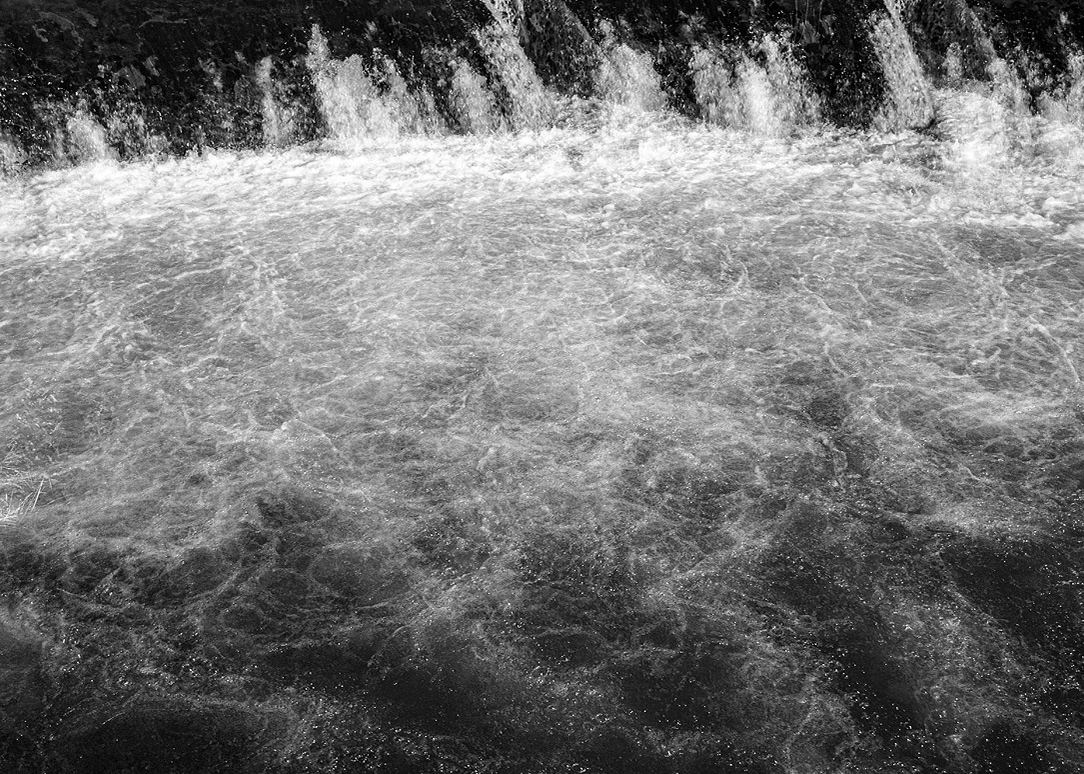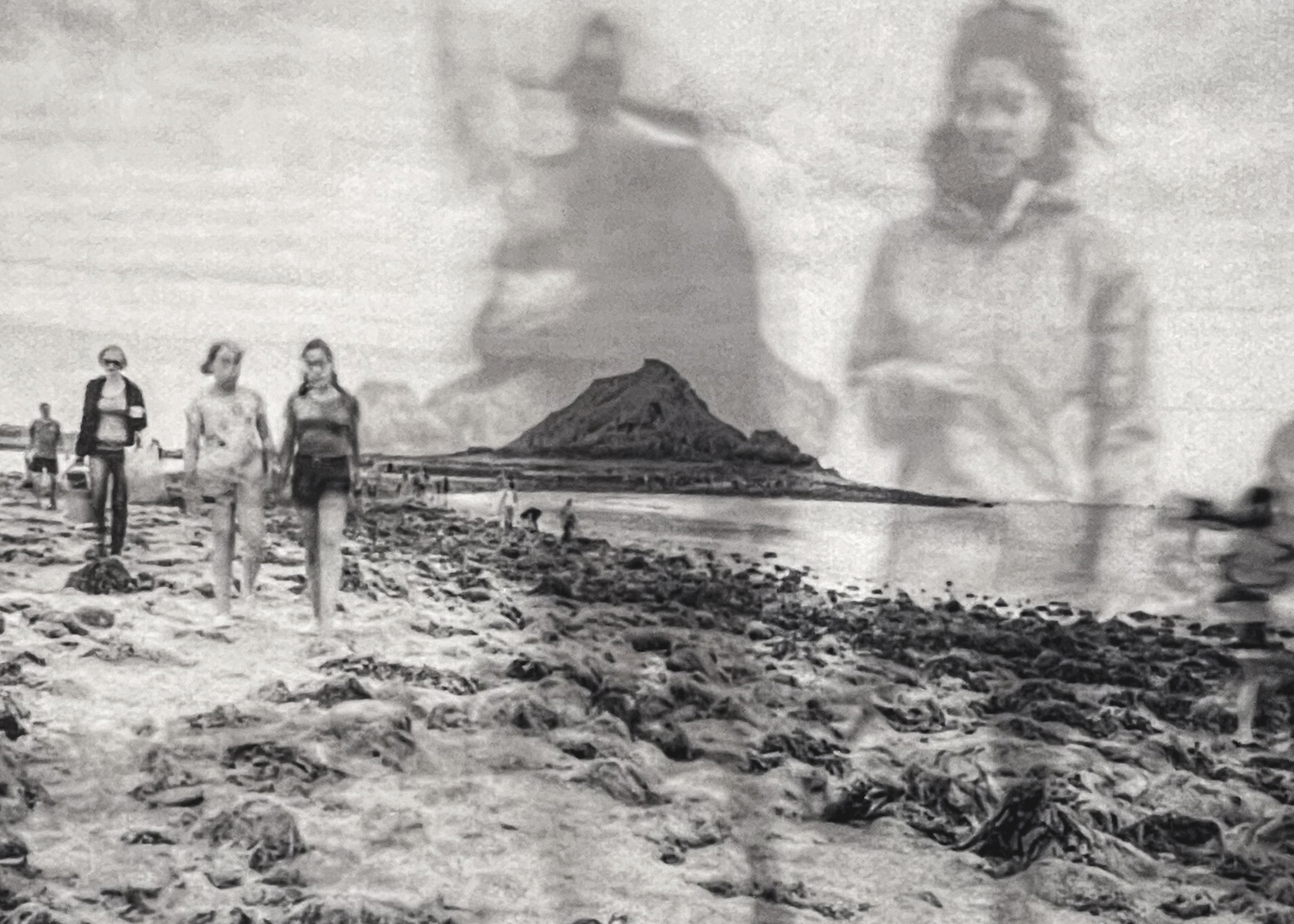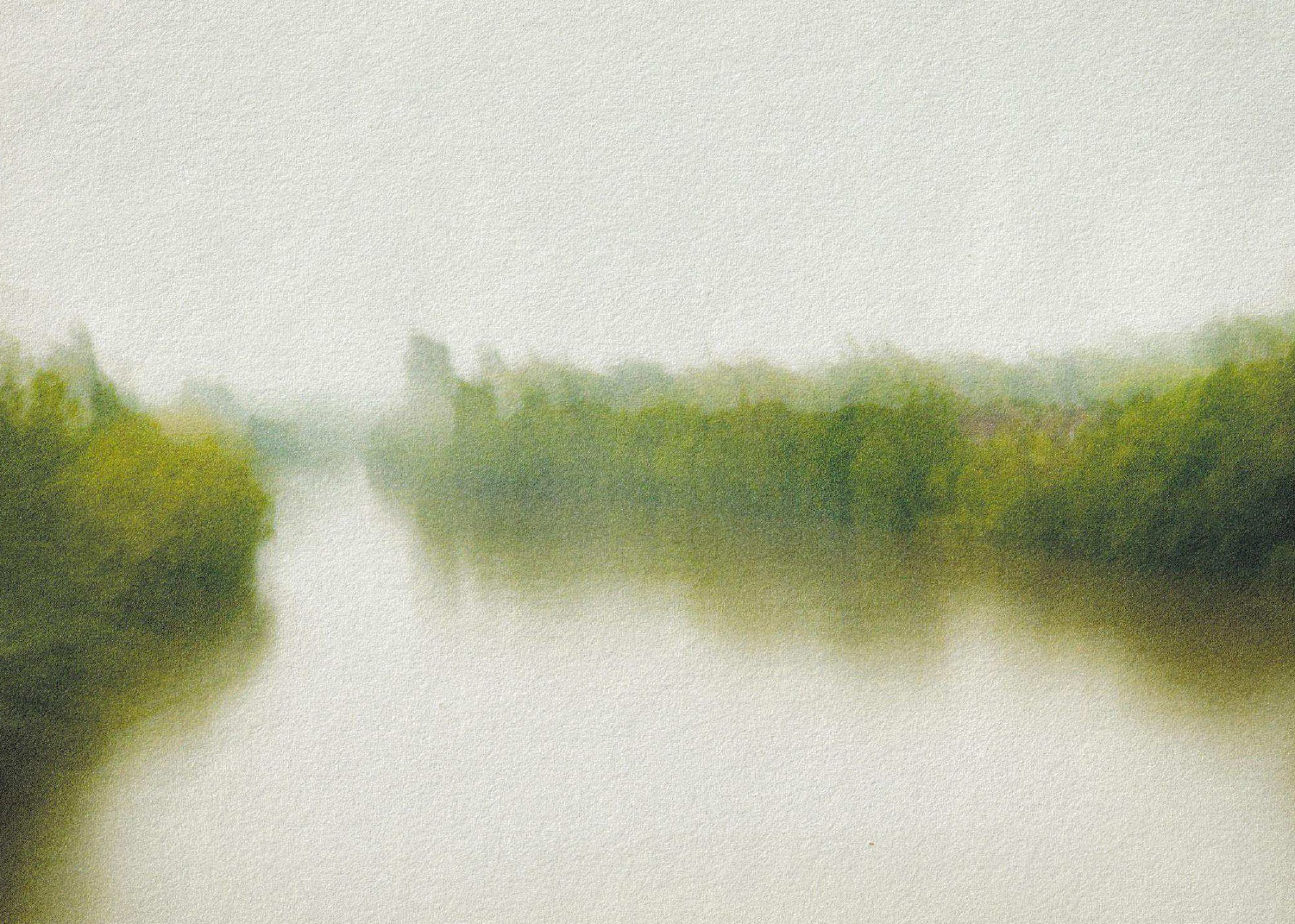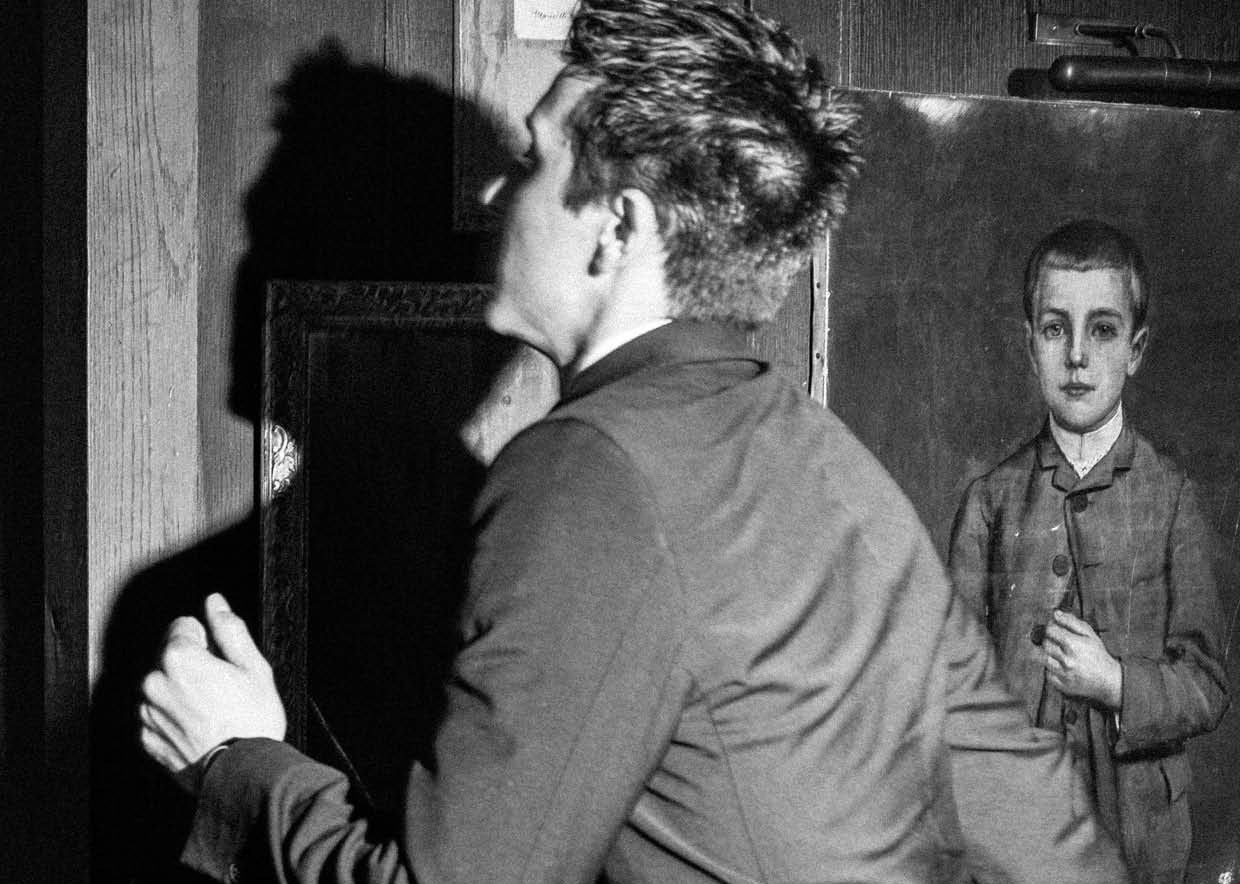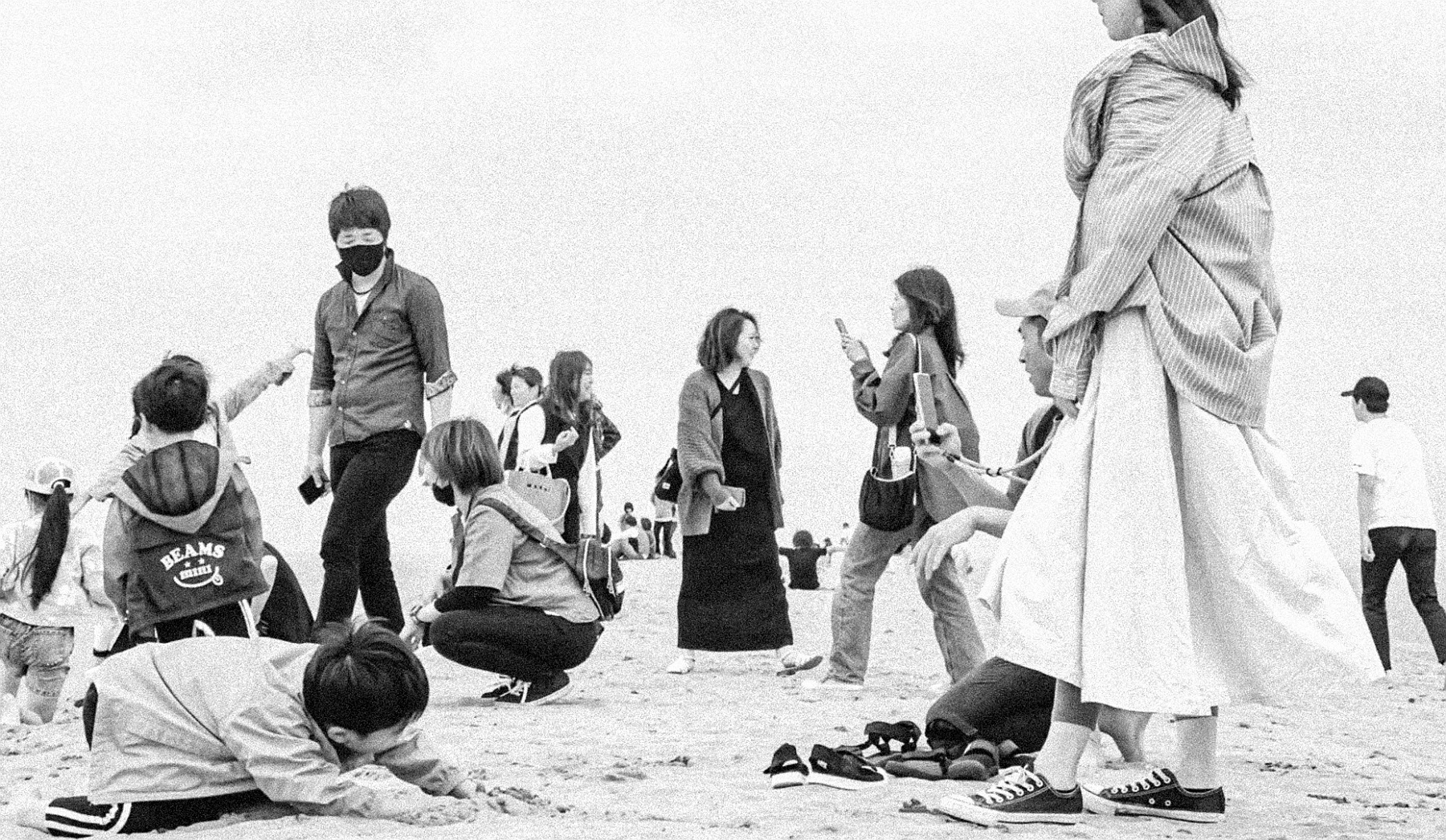

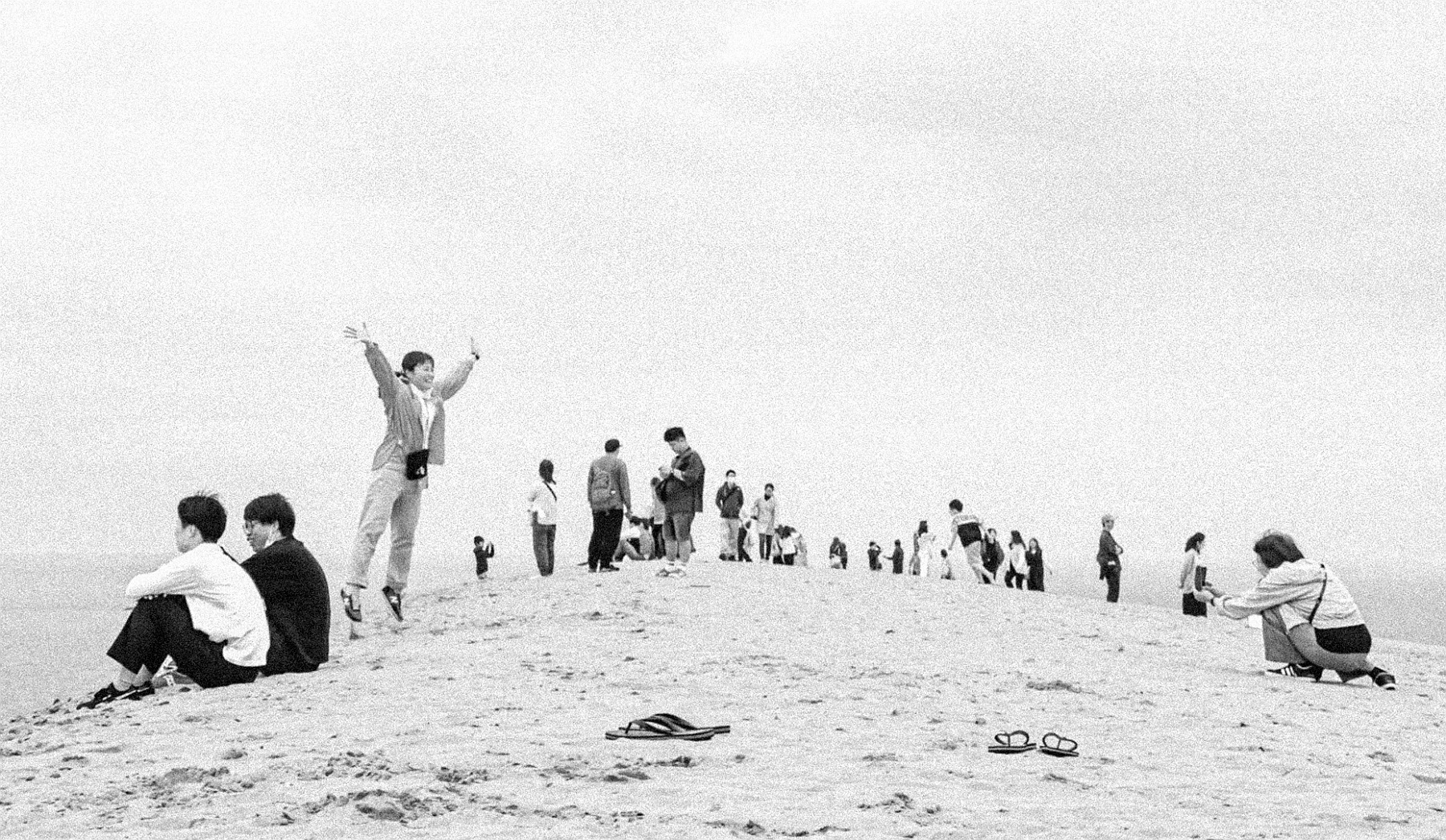
US Tribute to Shoji Ueda x Ryuichi Sakamoto
series of 452 frames remixed in a looping time-lapse
separate soundtrack 'happy end'
prints on both sides of japanese washi paper
"I moved for my first trip to Japan during spring 2023. Staying in Kyoto for six weeks to prepare a personal show, I just had two short escapes visiting Fuji-san on the eastern coast and Tottori sand dunes on the western coast. I did wanted to visit Shoji Ueda museum. Born in Tottori in 1913, Shōji Ueda left his mark on japanese photography with his famous series of family portraits. Things were made possible thanks to the artist Ton-biii I met in Marugame harbour on Shikoku island. The artist drove me to the museum we visit together. When we left, I walked alone to sand dunes where Shoji Ueda used to shoot his famous photographs. Walking down then climbing up the dunes, I got in touch with people visiting the incredible place invaded by japanese tourists. In such a dizzy decor, I was surprised to hear that none of those I discussed with did know anything about Shōji Ueda, neither about his photographs nor his museum. Then I started to shoot photographs"
US
---
US refers to the first letters of Shōji Ueda name but it also refers to the pronoun US in english and the name US in french which means "habits" or "tradition". You can read also U for Ueda and S for Sakamoto.
---
US refers to the first letters of Shōji Ueda name but it also refers to the pronoun US in english and the name US in french which means "habits" or "tradition". You can read also U for Ueda and S for Sakamoto.
US consists of a looping timelapse of 452 frames shot in black and grey at the top of Sand Dunes where Shoji Ueda used to shoot his portraits as in a natural studio with highnoon daylight. The huge dunes are a geological curiosity on Japanese west coast and are registered as a unique geopark by Unesco. Nowadays, people climb up the dunes to look at the infinity of the horizon of Japanese see as a reward. Do they know the life and the art of Shōji Ueda? Whatever the answer, they all are now as well as photographers or models on a large natural stage. They shoot selfies, the horizon and their own family portraits. After having discussed and shot portraits of very few lovers, friends, and couples up on the dunes, I changed my point of view to take pârt to this dancing "ballet mecanique" which happened in front of me. Without a tripod, I climb up also at the top of the main dune then placed my iphone on my backpack straight in front of the horizon of the see from which emerged a lonely rock (which reminded me my favorite rock in Brittany > see "LE PASSAGE"). Then I captured a timelapse where hundreds of people appeared shooting selfies or family portraits with their smartphones after having performed to climb up the dune. Well and smart dressed, Walking around, playing, going up and down, to and fro, they all look incredibly stylish and were all seemed to be part of a never-ending contemporary ballet where time has no meanings, only the one of the end of a performance before the end of the week-end, going back home then at work, then in daily life.
------------
Back in my own daily life and work, the experience i lived inspired me an installation consisting of a looping projection of the timelapse. The projection goes with a looping melody which can be played live. The music I choosed first is a title written and performed by Ryuichi Sakamoto playing the Piano from his LP -/05 released in 2005. It is called "Happy End". Ryuichi Sakamoto, who died on march 28th 2023, is one of my favourite artist I listen to since his early carier with the band Yellow Magic Orchestra. He was also my favorite music companion for my japanese journey.
Originally released on the album BGM, "Happy end" is one of the title in which YMO experimented loops with electronic sounds of famous Roland TR-808. Considered as one of the first album of electronic music where "East meets West", BGM - which means "background music" - let also think about the strong influence of french composer Erik Satie had on electronic contemporary music and art. One of his pieces called Vexations was written to be played 840 times successively. Visual Installation is opened to performance and music artists collaborations
------------
Back in my own daily life and work, the experience i lived inspired me an installation consisting of a looping projection of the timelapse. The projection goes with a looping melody which can be played live. The music I choosed first is a title written and performed by Ryuichi Sakamoto playing the Piano from his LP -/05 released in 2005. It is called "Happy End". Ryuichi Sakamoto, who died on march 28th 2023, is one of my favourite artist I listen to since his early carier with the band Yellow Magic Orchestra. He was also my favorite music companion for my japanese journey.
Originally released on the album BGM, "Happy end" is one of the title in which YMO experimented loops with electronic sounds of famous Roland TR-808. Considered as one of the first album of electronic music where "East meets West", BGM - which means "background music" - let also think about the strong influence of french composer Erik Satie had on electronic contemporary music and art. One of his pieces called Vexations was written to be played 840 times successively. Visual Installation is opened to performance and music artists collaborations
